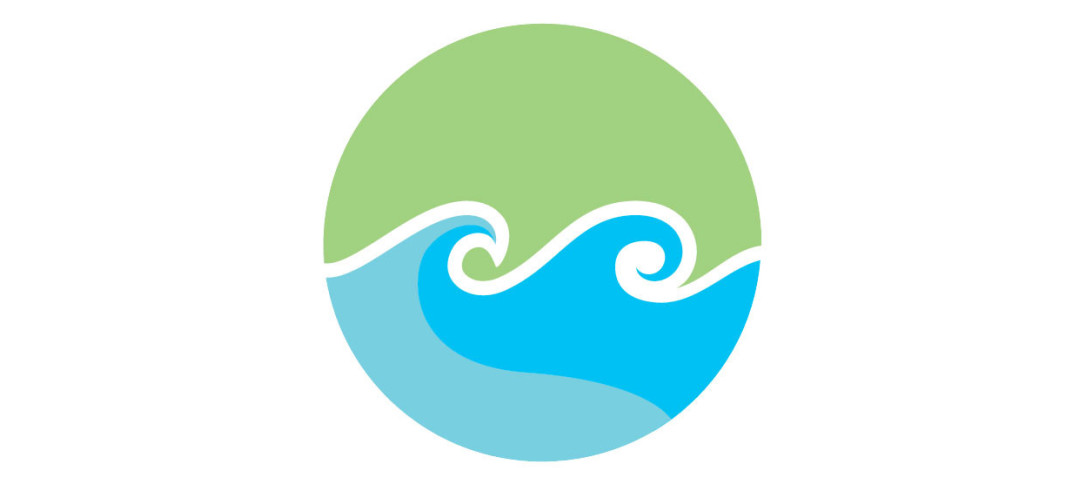
Abstract: Tidal estuaries are bodies of water in which freshwater of rivers mixes with salty sea water, the primary source of mixing being the tidal currents moving over a rough bottom. Observations show that the last decades salt intrusion in estuaries worldwide has significantly increased, with negative consequences for the intake of fresh water, ecology, etc. As shown by models, the salinisation of estuaries is due to upstream water extraction, deepening of fairways, and climate change. Regarding single-channel estuaries, the underlying physical mechanisms of salt intrusion are rather well-known. However, many estuaries consist of a network of inter-connected channels, with multiple freshwater sources and multiple outlets (e.g., the Mekong, the Rhine-Meuse). Here, the process of salt overspill, i.e., the net transport of salt from one channel to another at a branching point, potentially has a large impact on salinity intrusion in the different channels.
In this presentation, a generic two-dimensional network model (equations are averaged over channel width) will be described and used to study subtidal currents, tidal currents, and salt transport in three estuarine tidal networks: the Yangtze, the Pearl, and the Rhine-Meuse. In particular, the sensitivity of overspill at branching points to physical forcing (river discharge, tides) and changes in the channel geometry will be explored.
Short Bio: Professor Huib E. de Swart is a Professor in physical oceanography of coastal and shelf seas at the Institute for Marine & Atmospheric Research of Utrecht University. His present research interests in the tide-topography interactions and related morphological pattern formation (tidal sandbanks, sand waves) on coastal shelves, storm-driven currents, waves and shoreface-connected sand ridges on the inner shelf, estuarine dynamics and waves, currents, circulation and transport processes in the coastal seas and dynamics of sandbars in the nearshore zone.


